This is How Much Protein You Need To Eat Every Day To Lose Weight
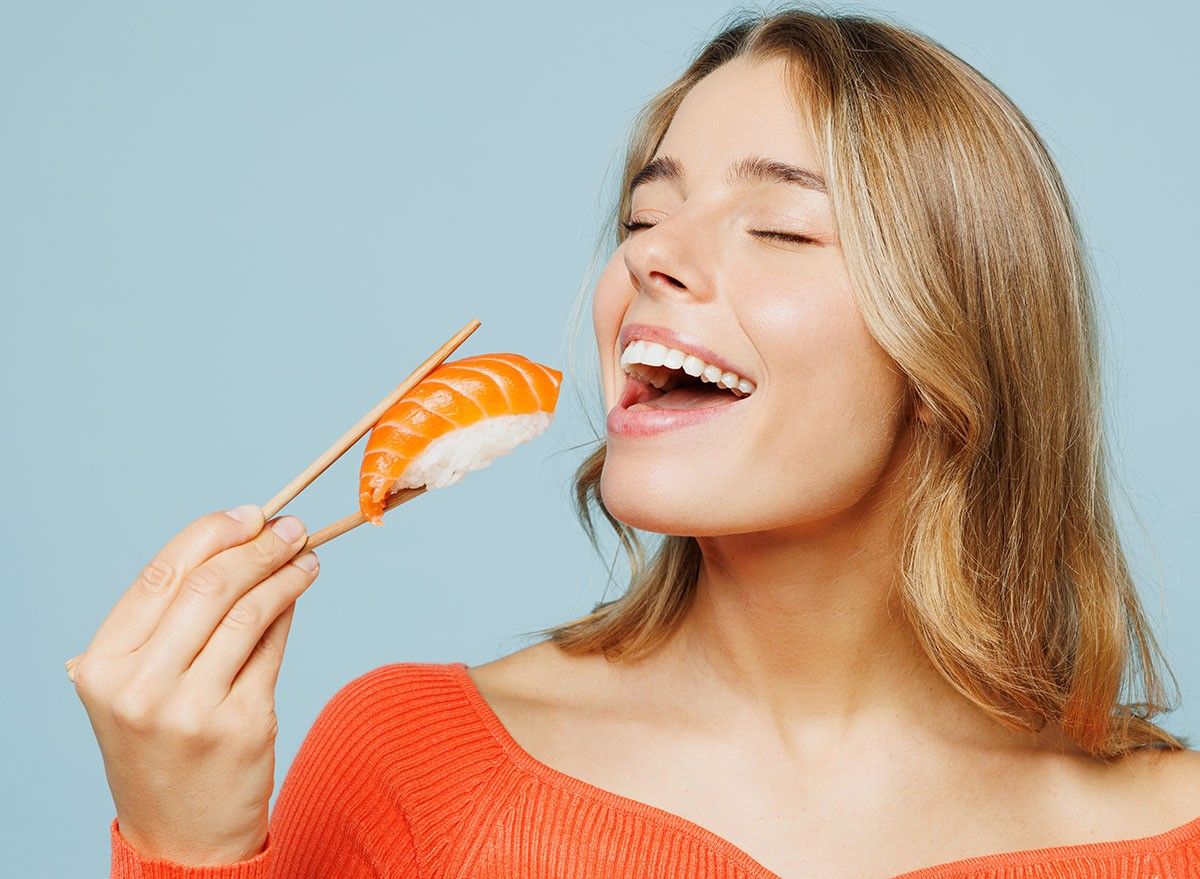
Is a lack of protein in your diet undermining your weight loss efforts? "Protein is one of the most important things you need to be eating enough of every single day if you have a goal of weight loss in mind," says certified clinical nutritionist Autumn Bates. "But so many people are not even getting close to the amount they need to actually see those benefits of protein for their weight loss and wellness goals." Here's what Bates says the optimum amount of protein is, plus the best protein-rich foods for weight loss.
Protein Math
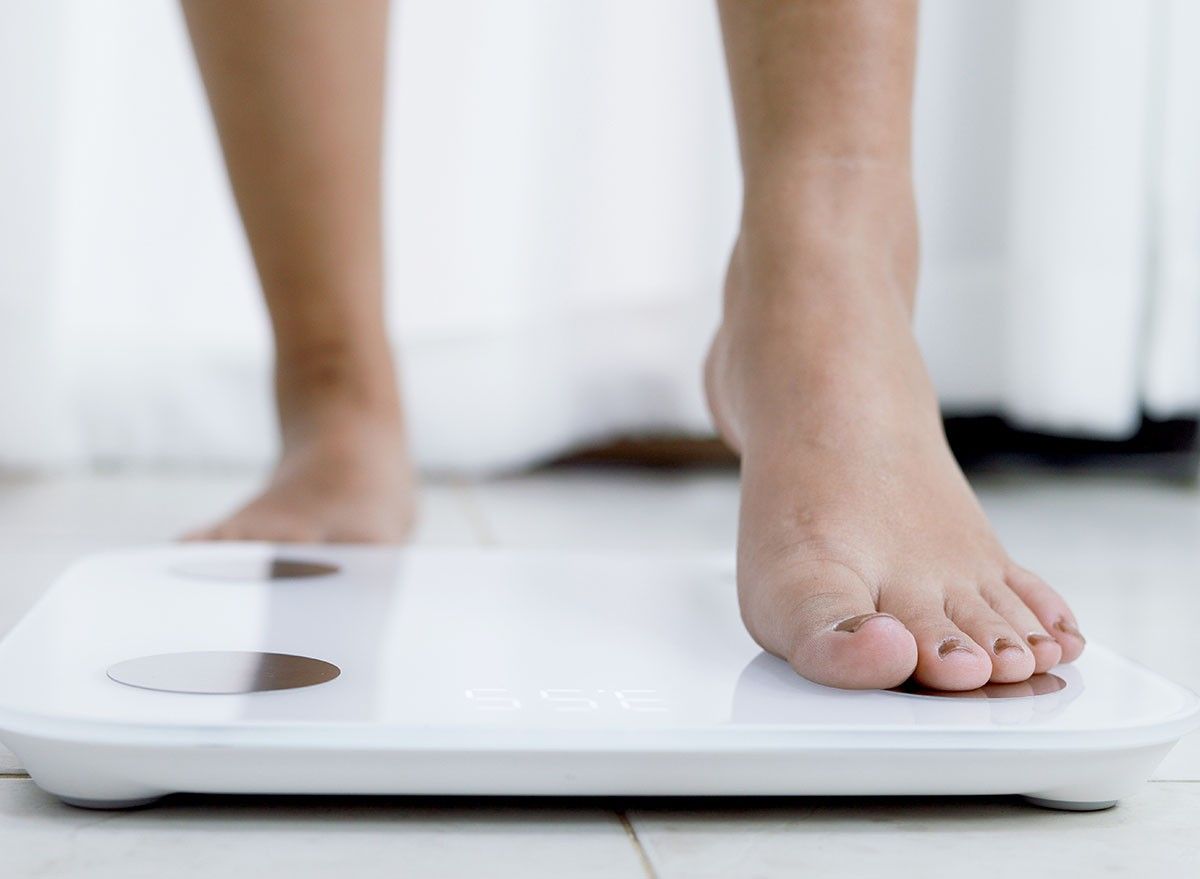
Multiply your weight in pounds by .73 to find out how much protein to take in every day, Bates recommends. For example, a 150 pound person would need to eat 109.5 grams of protein every day for weight loss. Bates gives a caveat that if your BMI is over 30 (which is in the obese range) to use ideal body weight, not current body weight.
The Humble Egg
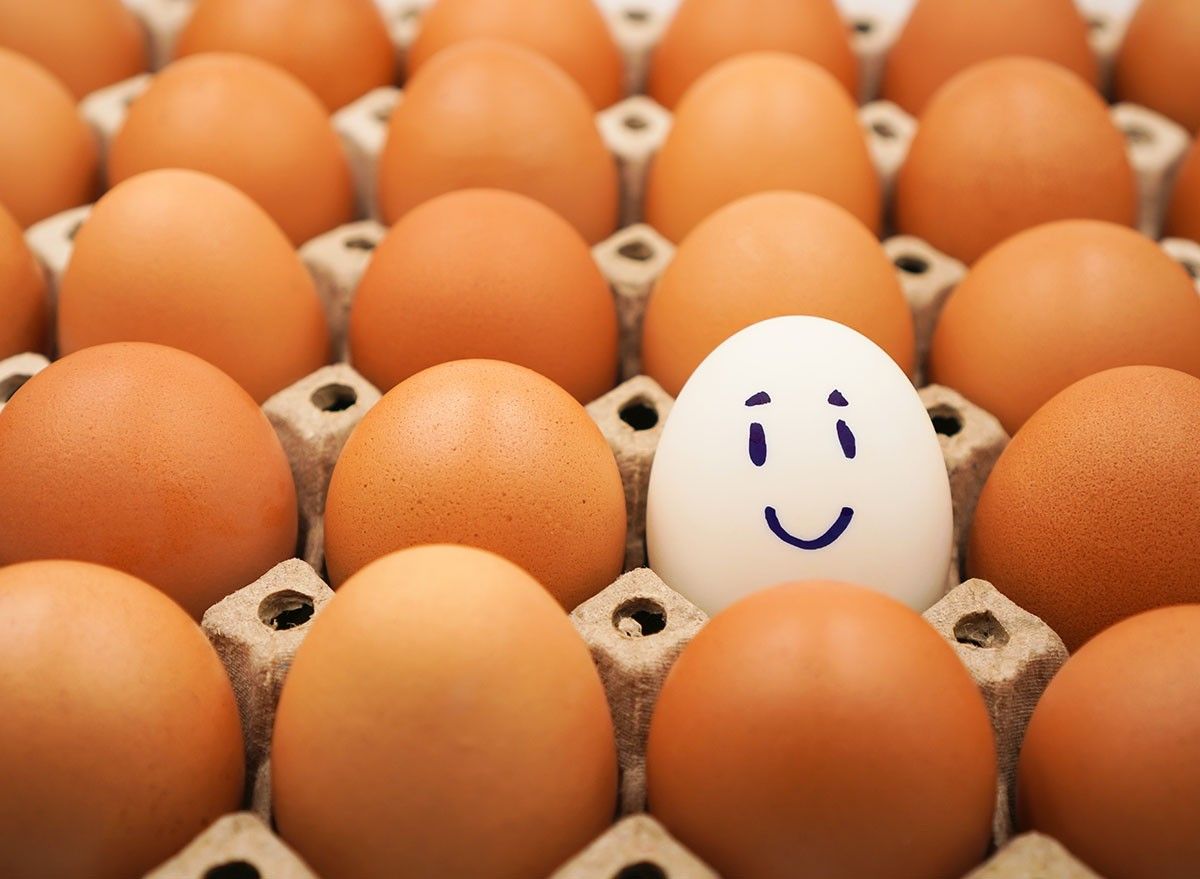
Bates recommends plenty of eggs as part of your high-protein weight loss diet. While eggs are not as high in protein as some other foods (only 6 to 7 grams per egg), Bates recommends them as they have protein and healthy fats. "I usually like to eat three eggs and pair it with a little bit of cheese to help boost the protein content a little bit," she says.
Salmon
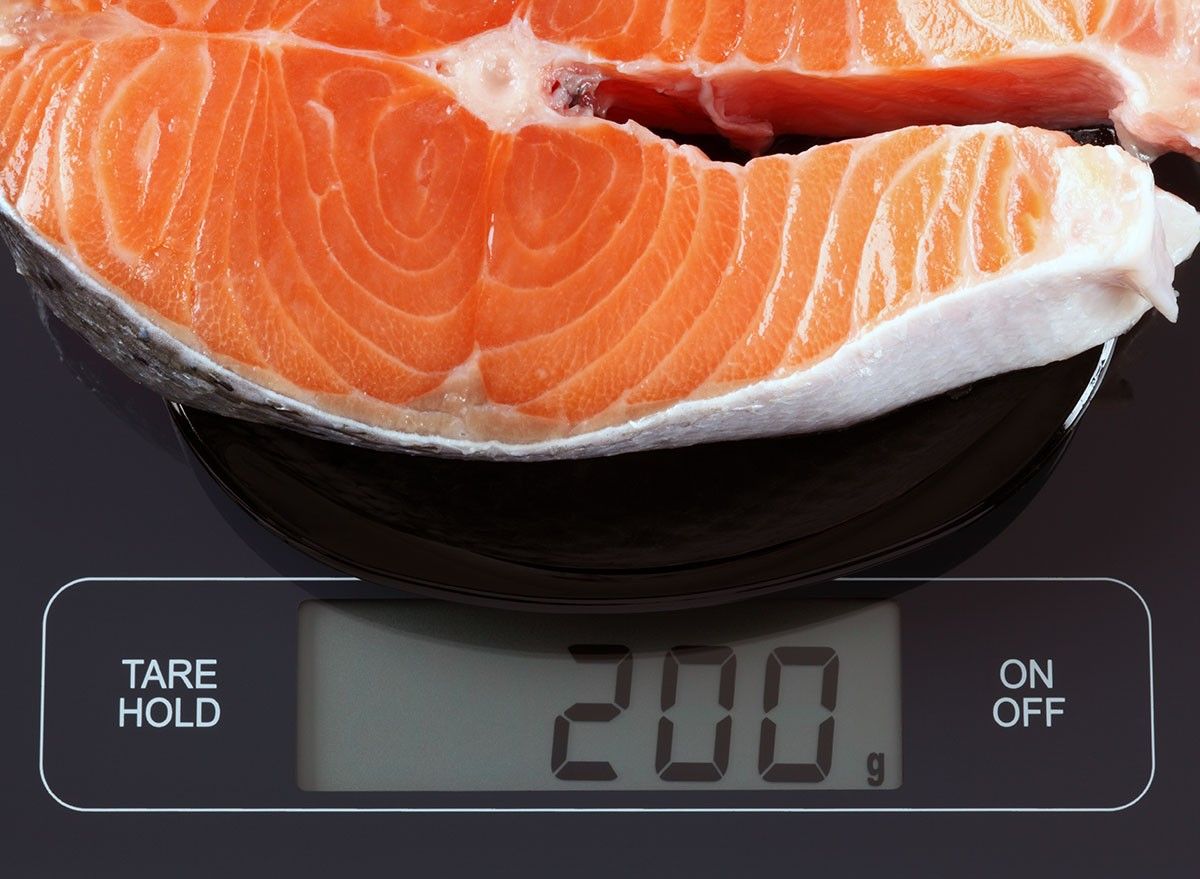
Bates admits she had to learn how to like salmon, but really enjoys it now. "I'm happy about that because three ounces of cooked salmon has about 22 grams of protein," she says. Bates also mentions salmon is high in selenium, anti-inflammatory omega-3s and the protein itself is readily absorbed in the body.
Ground Beef
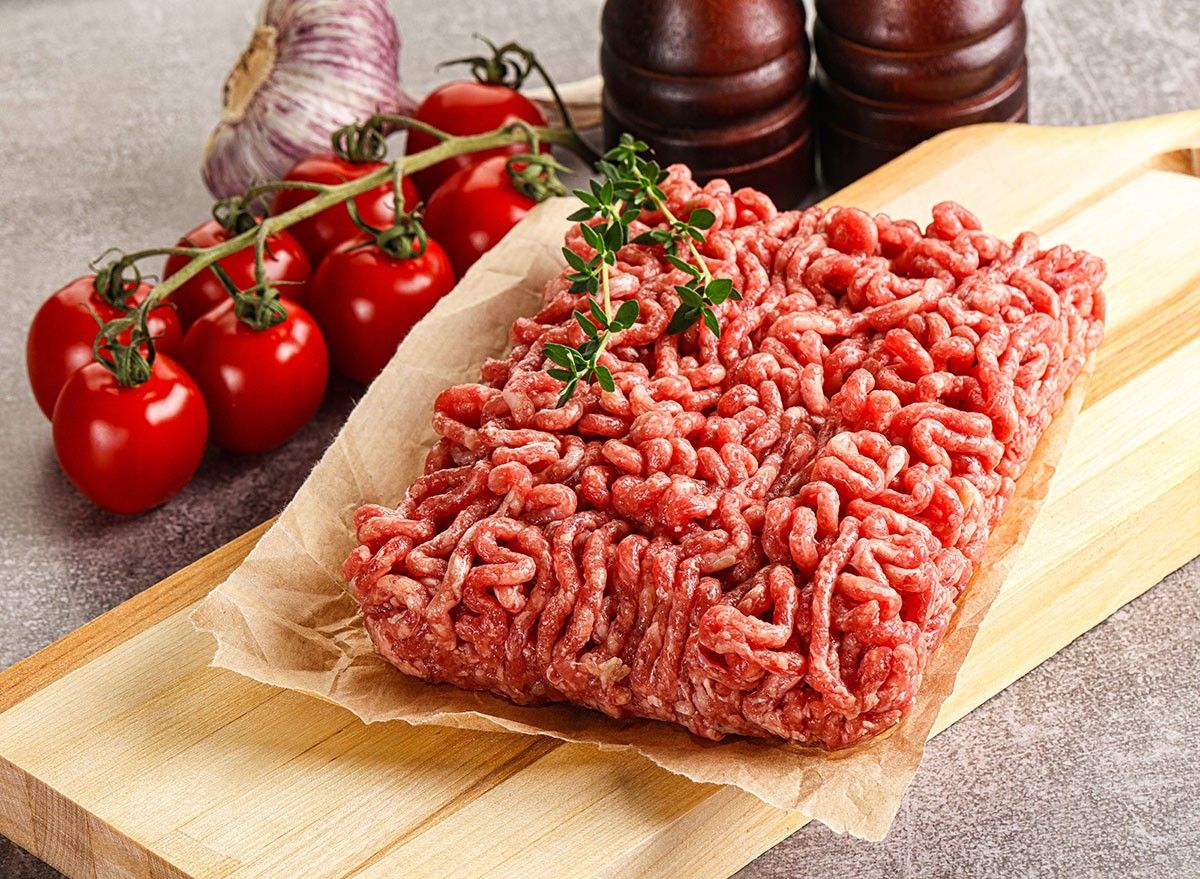
Bates recommends ground beef as being relatively inexpensive and high in satiating protein."Three ounces of cooked beef has around 22 grams of protein and it's so easy to use," she says. Bates recommends opting for 85 percent lean/15 percent fat ground beef.
Chicken
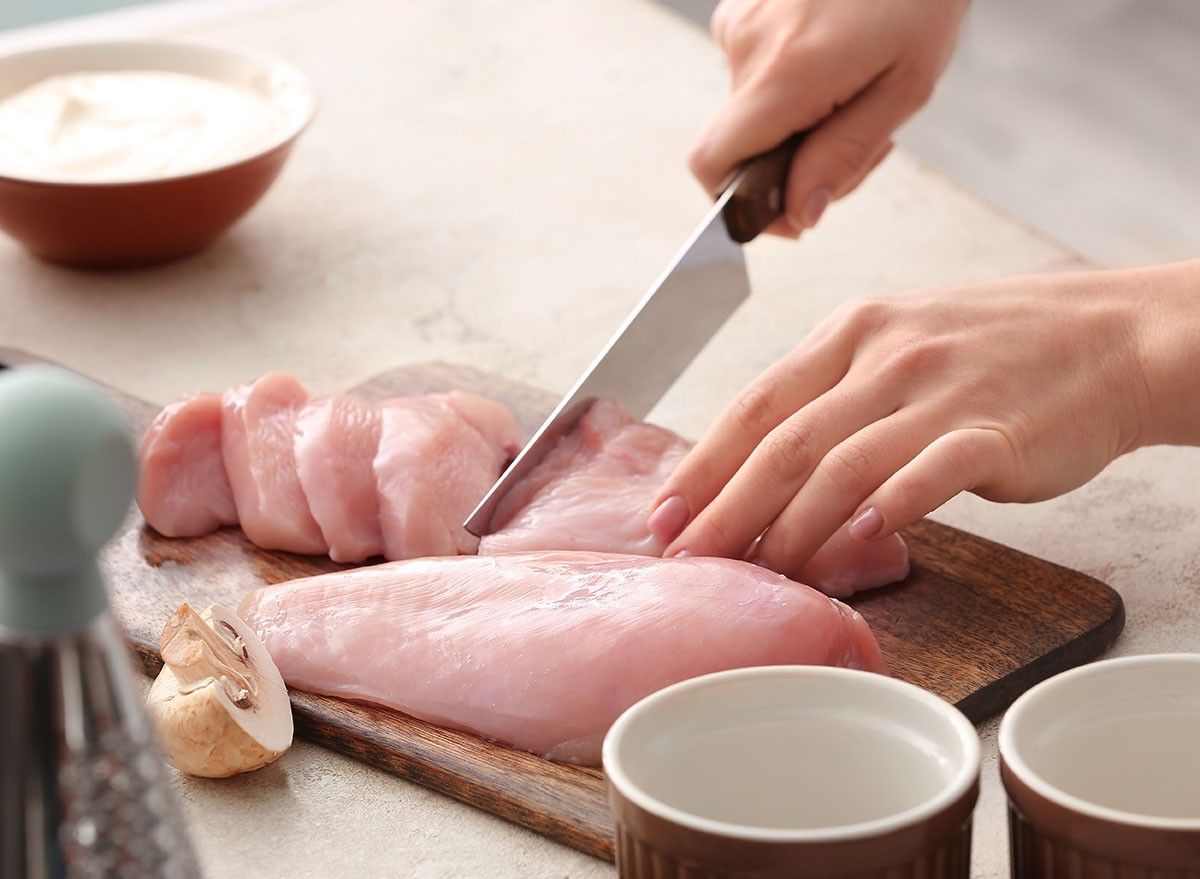
Bates recommends chicken as a leaner option for getting high protein. "About three ounces of cooked chicken breast will have around 27 to 28 grams of protein," she says. Bates suggests using butter and olive oil to increase the fat levels for satiety, if needed.
Whole Fat Greek Yogurt
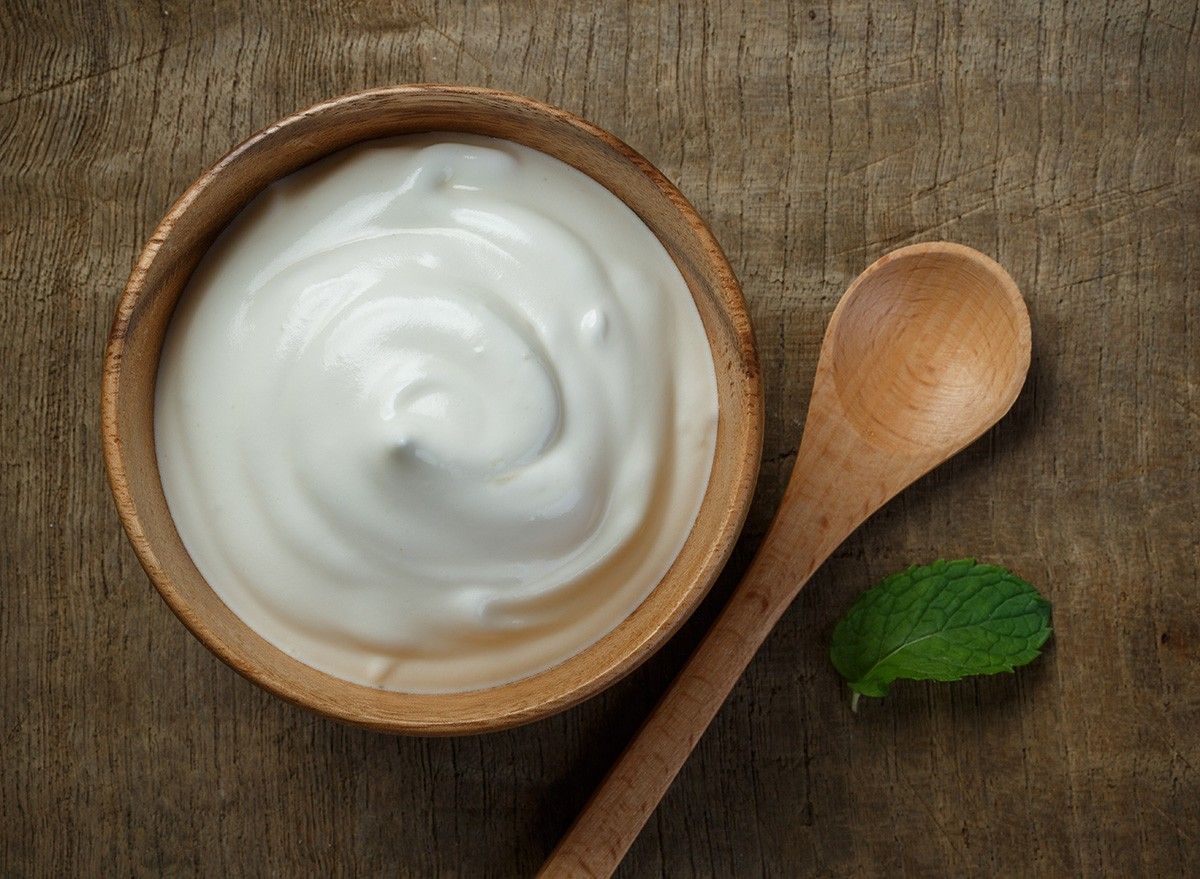
Bates makes her own full-fat Greek yogurt. The fat and protein help you feel satiated, and help prevent cravings for foods that might work against your weight loss goals. "I love using Greek yogurt in smoothies or a Greek yogurt bowl… one cup of Greek yogurt will give you about 20 grams of protein," she says.
Fermented Soy

Bates recommends fermented soy products for plant-based protein, specifically tempeh, which can be used in lieu of meat. "There's a lot of easy ways to use tempeh," she says, recommending using it in stir fries and tacos.
Pork
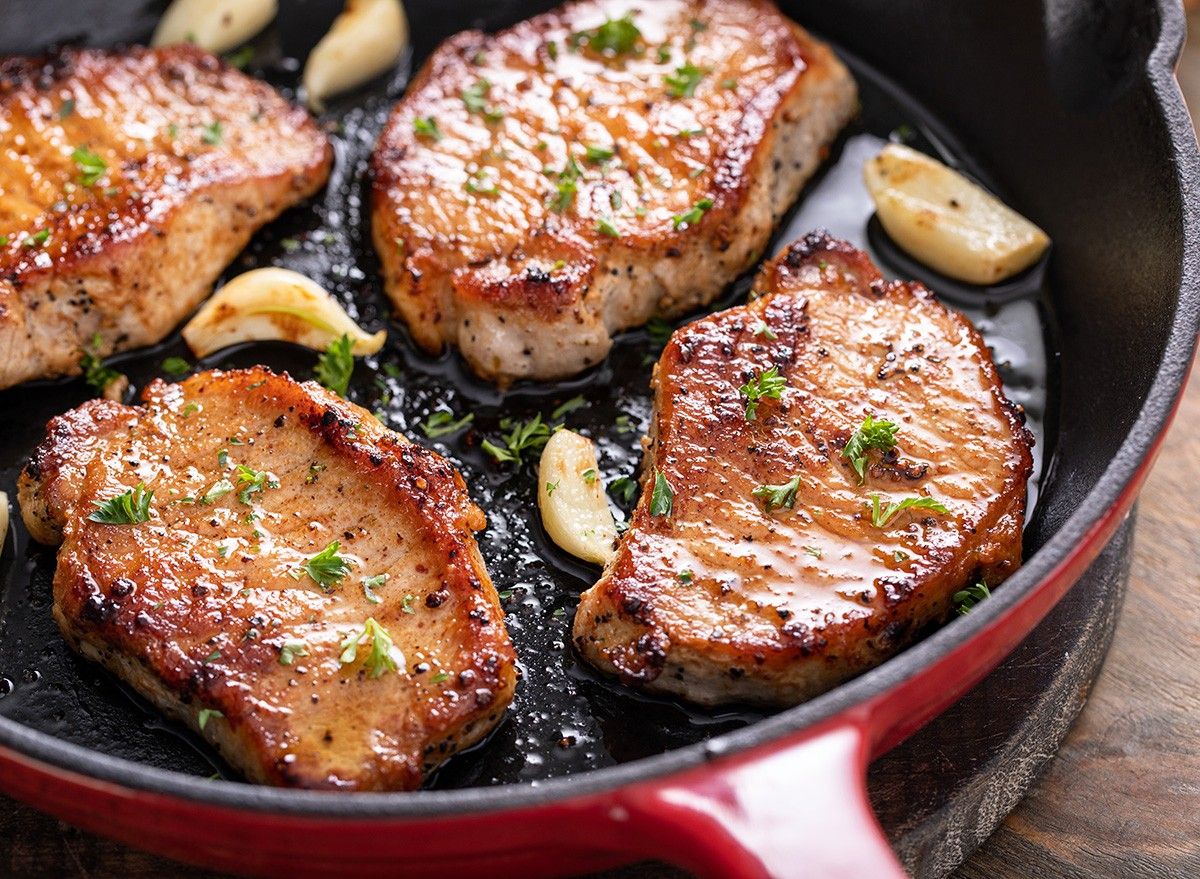
Pork is a good high-quality protein source—for example, pork tenderloin. "Three ounces cooked is going to have roughly 24 grams of protein," she says. Bates emphasizes that animal proteins are better absorbed than plant-protein.
Cottage Cheese
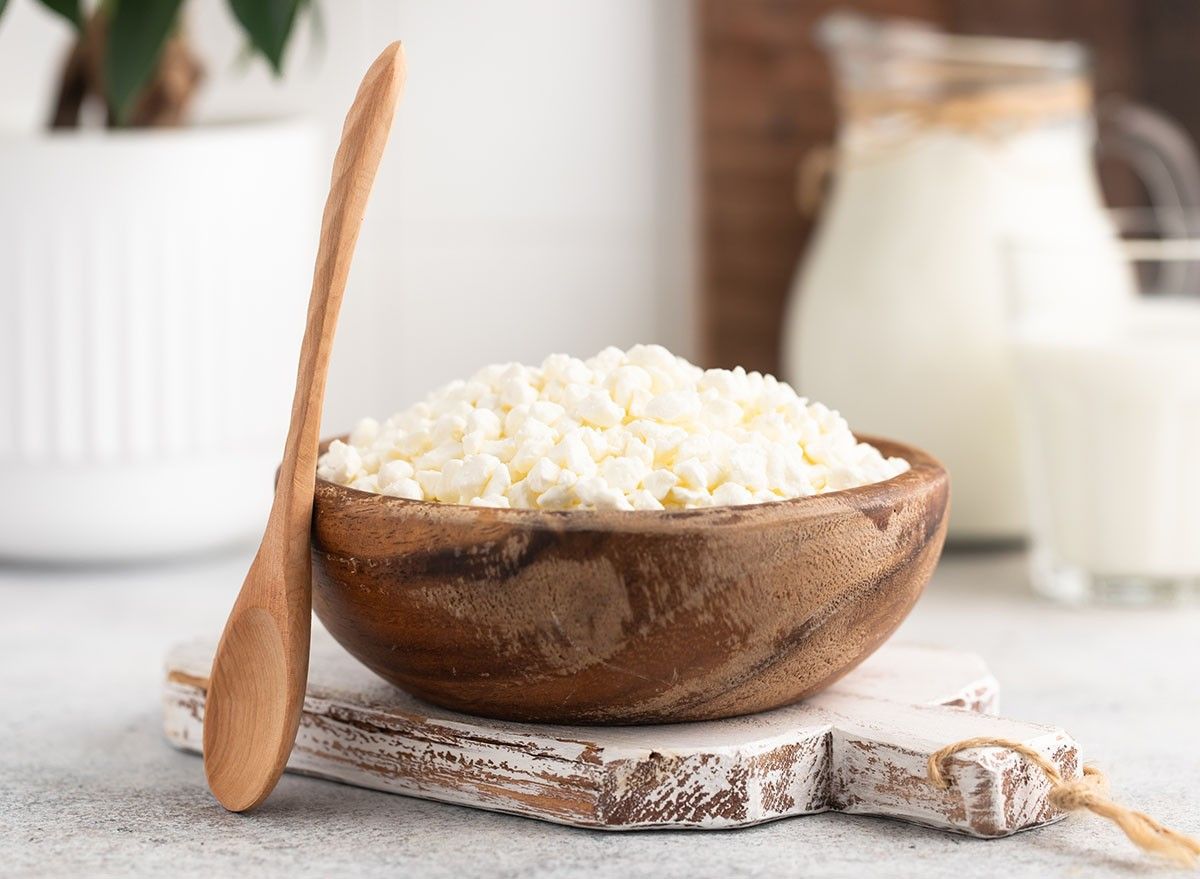
Cottage cheese is one of Bates' favorite protein-rich foods. "I love cottage cheese," she says. "I know people either love it or absolutely hate it, but it's really rich in protein. Just about one cup will have between 24 to 28 grams of protein. That's a lot for one cup." Bates recommends checking ingredients for no added sugars (naturally occurring ones are fine).
Anchovies and Sardines
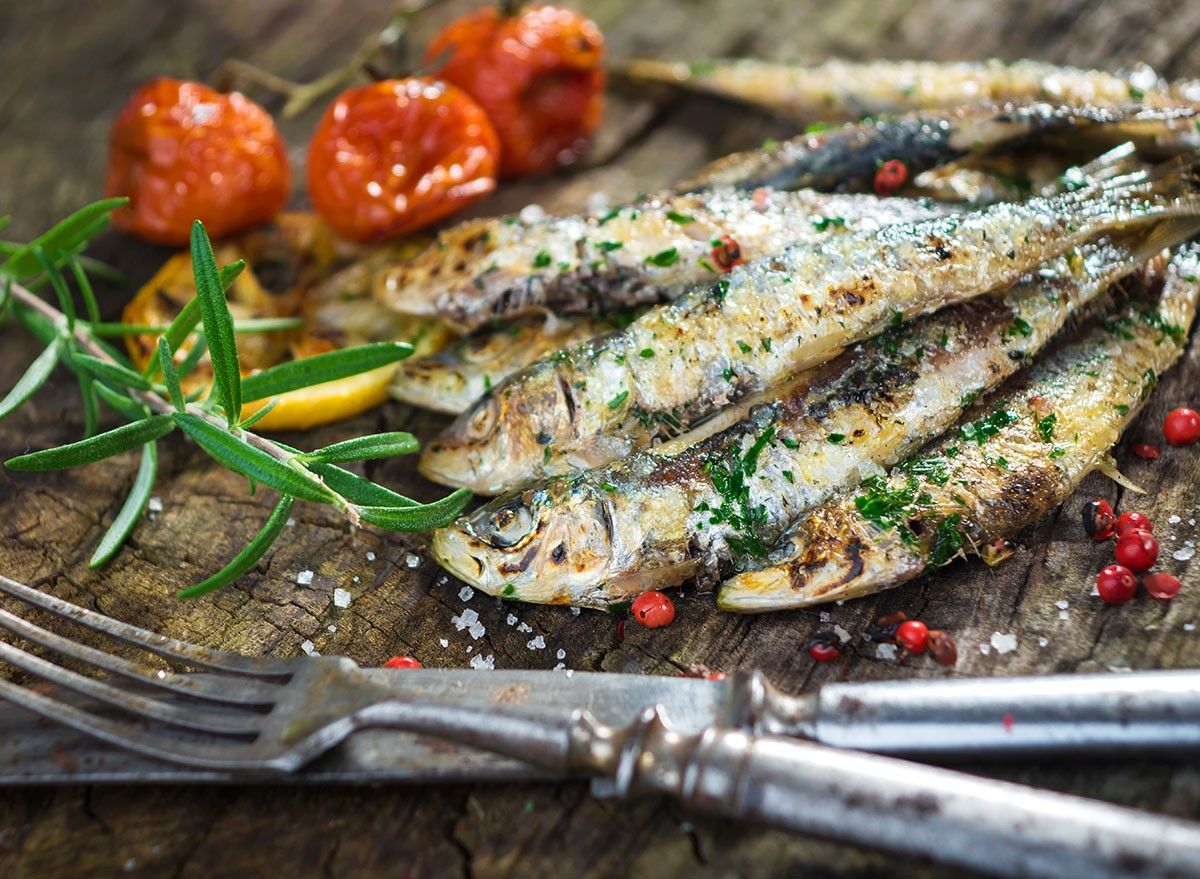
Bates highly recommends oily fish like anchovies and sardines for weight loss. "If you like anchovies or sardines, eat them," she says. "They are so good for you. Not only do you get protein which is really important for body recomposition, you also get the beneficial omega-3 fats or the fish oil." And if you enjoyed this article, take advantage of these 15 Quick Ways to Lose Body Fat Percentage in a Week.




